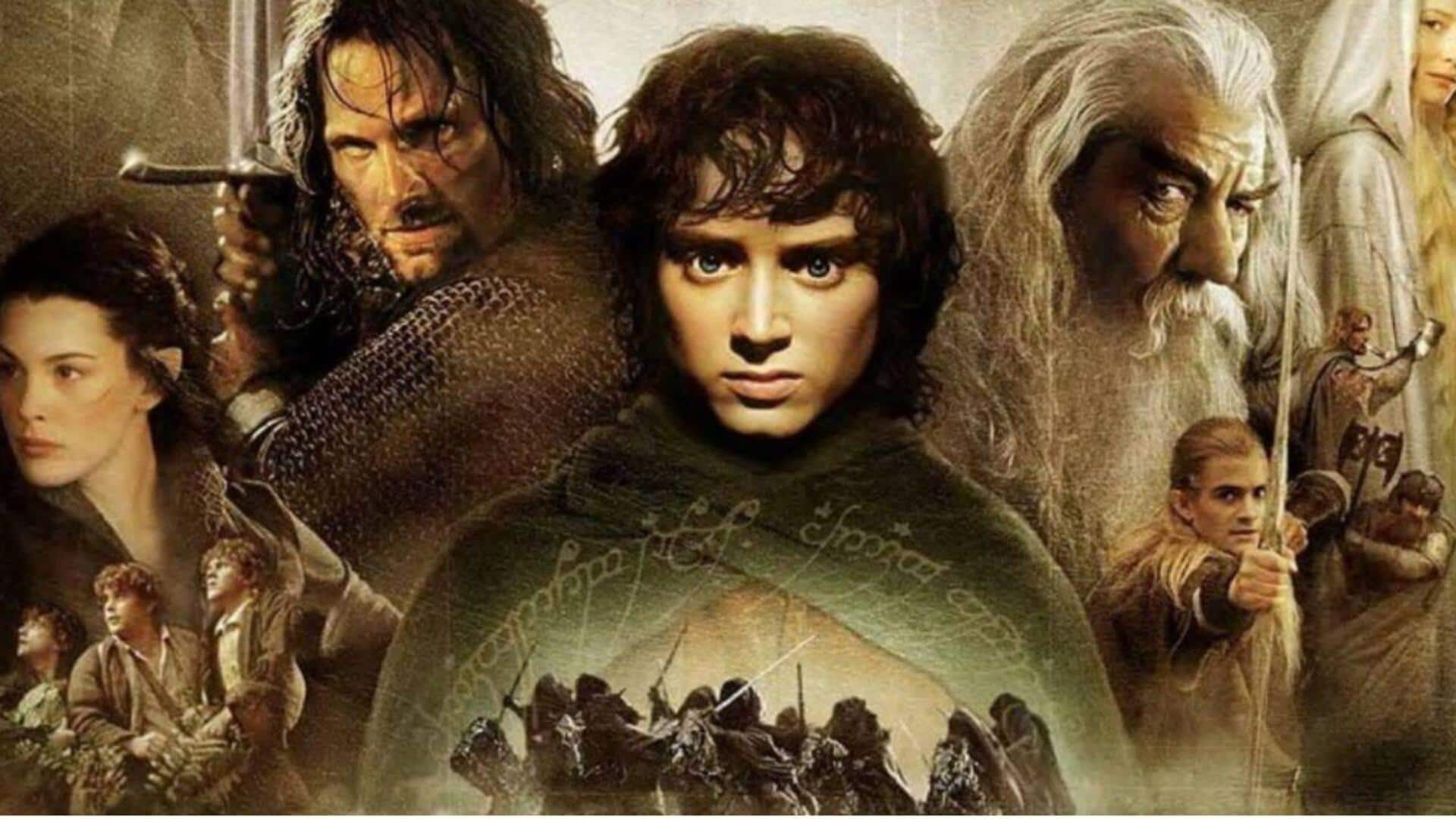
How 'The Lord of the Rings' changed Hollywood forever
What's the story
The journey of The Lord of the Rings in the US cinema has been nothing short of fascinating, steeped in technological advancements and cultural shifts. From its early adaptations to the groundbreaking trilogy directed by Peter Jackson, this epic saga has captivated audiences across generations. The films have not only set new standards for fantasy storytelling but also shaped the way movies are made and perceived in Hollywood.
#1
Early adaptations and challenges
Before Peter Jackson's acclaimed trilogy, The Lord of the Rings had its own fair share of problems in getting adapted for the big screen. Animated versions tried but couldn't do justice to the complexity of J.R.R. Tolkien's world, with limited technology and budget. However, they paved the way for what was to come, showing the potential and the challenges of adapting such an intricate tale.
#2
Breakthrough with Peter Jackson's trilogy
Jackson's adaptation was the turning point for The Lord of the Rings on the big screen. The films, released between 2001 and 2003, used state-of-the-art special effects and filming techniques. With a combined budget of over $280 million, they became critically acclaimed and commercially successful, grossing over $2 billion globally. This trilogy redefined what epic storytelling means in cinema.
#3
Impact on the fantasy genre
The success of The Lord of the Rings affected the fantasy genre in US cinema deeply. It opened the gates for other high-budget fantasy films by demonstrating that there was a sizable audience for such stories. Studios started pouring more money into similar projects, increasing both quality and quantity in the genre.
#4
Technological advancements inspired by films
The production techniques employed for The Lord of the Rings inspired major technological advancements in filmmaking. Innovations such as motion capture technology were honed during the making of these movies, paving the way for future blockbusters across genres. This legacy continues, as filmmakers leverage these advancements to create even more immersive cinematic experiences in our day.